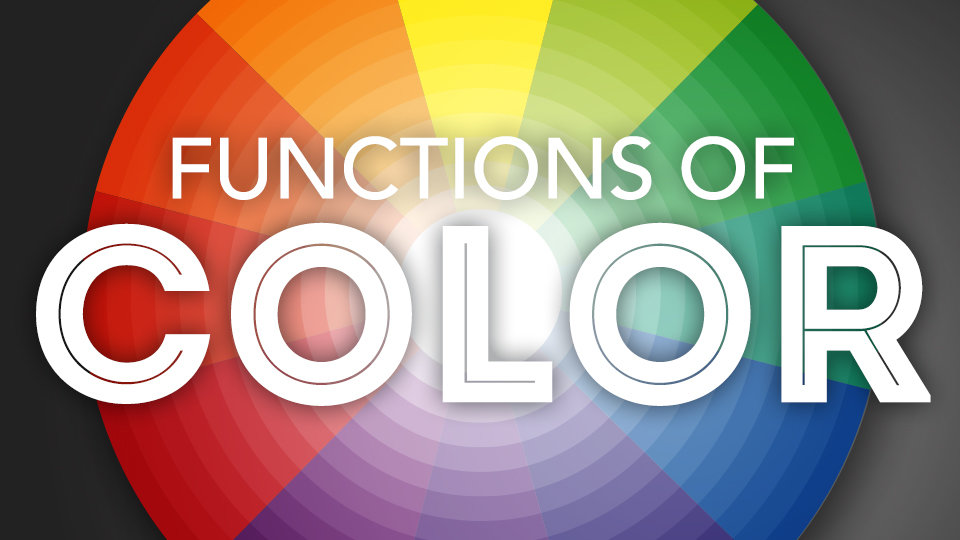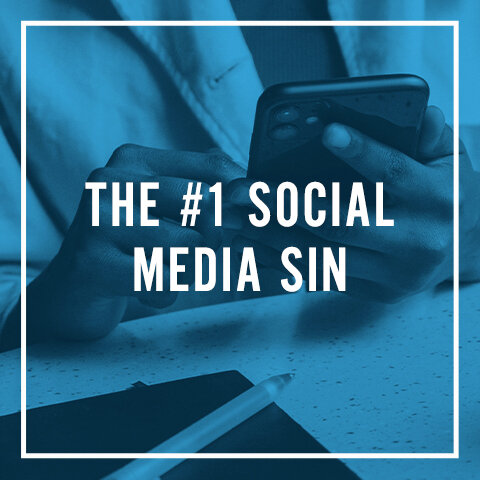The Right Colors Can Elevate Your Brand
By Chris Ward
When you think about the visual part of your brand, I bet you think about your photos, your logo, language and fonts. Most successful brands are made up of a similar set of components like these. At The A Group, we like to think of these components as tools that each hold a purpose in contributing to your audience’s overall experience with your brand. One tool that can be very useful but is often overlooked is the use of color. Here are some basic ways to make color do the work for you:
1) You need to be purposeful when developing your brand’s color palette.
When you create a color palette for your brand, you want to make sure you give one or more colors “primary brand color” status. You also want colors that will function as “secondary brand colors”, “supporting neutral colors” and finally, “callout colors”. Once you’ve defined which colors will be classified in these ways, you should figure out how prominent each color should be when they are presented together. By being purposeful when creating your brand’s color palette, you are preparing yourself to make intelligent decisions when applying color.
2) Color can be used to tie imagery back to your brand.
As more and more other brands are working to distract viewers FROM your brand, it is necessary for your visuals and language to be more and more uniquely yours. Color can be used to tie photos, fonts and illustrations back to your brand. For example, you may overlay a photo with your brand’s main color or strategically take photos of someone in clothing that is in your brand’s colors. You can make sure that the fonts you use are in your brand colors or even have illustrations created using tints and tones of your major brand colors. Whichever route you choose, your use of color will be working to inform viewers that the images should be understood as being tied clearly to YOUR brand.
3) Color can be used to differentiate between points of interest.
Many times brands need to explain the benefits of their service or product. When you have multiple points that you need to get across and you wish for them to be read as independent ideas, you can use your brand’s colors to your advantage. By presenting points on alternating colored backgrounds, you are indicating to the reader that these are separate thoughts. On your website, color changes between vertical sections can create intuitive visual breaks in your content. Color is also a great way to create separation between a set of products or a listing of services.
4) Color can be used to direct the readers’ eyes.
Sometimes you want to draw attention to a single image/message. Think of it like this: if you have a row of black and white photos on a shelf and among them is a single full color image, your eyes will naturally move to the full color image because it will stand out among its more monotone companion images. This simple approach is why we will use your "callout colors” on buttons or use bright colors on a neutral or darker background. This will draw the reader’s eyes to the less often used color or away from the duller or less interesting visual space.
While color certainly is part of making a brand visually attractive and appealing, color also has a practical purpose used to accomplish marketing goals. When choosing colors, be sure to pay attention to how they work together and draw the audience into the most important messages you want to communicate. The next time you’re thinking about all of the tools in your visual brand toolbox, don’t forget that color is an easy, fun and effective tool to use.















